Stakeholder Analysis and Impact Assessment for Autism Awareness Event
VerifiedAdded on 2023/06/16
|7
|845
|422
Report
AI Summary
This report provides a comprehensive analysis of an autism awareness event, focusing on its target audience, stakeholders, and the conative, cognitive, and affective impacts on attendees. It examines the roles of various stakeholders, including sanitation vendors, sponsors, and volunteers, in achieving event objectives such as promoting awareness, enhancing communication skills among autistic individuals, and providing first aid knowledge. The report further assesses the socio-cultural, economic, and environmental impacts of the event, highlighting both positive outcomes like increased public awareness and revenue generation for autism support organizations, as well as negative aspects such as potential pollution and resource assimilation. The marketing and communication strategies employed, including social media and traditional methods, are also discussed, with references to relevant research on autism and event management.
1 out of 7
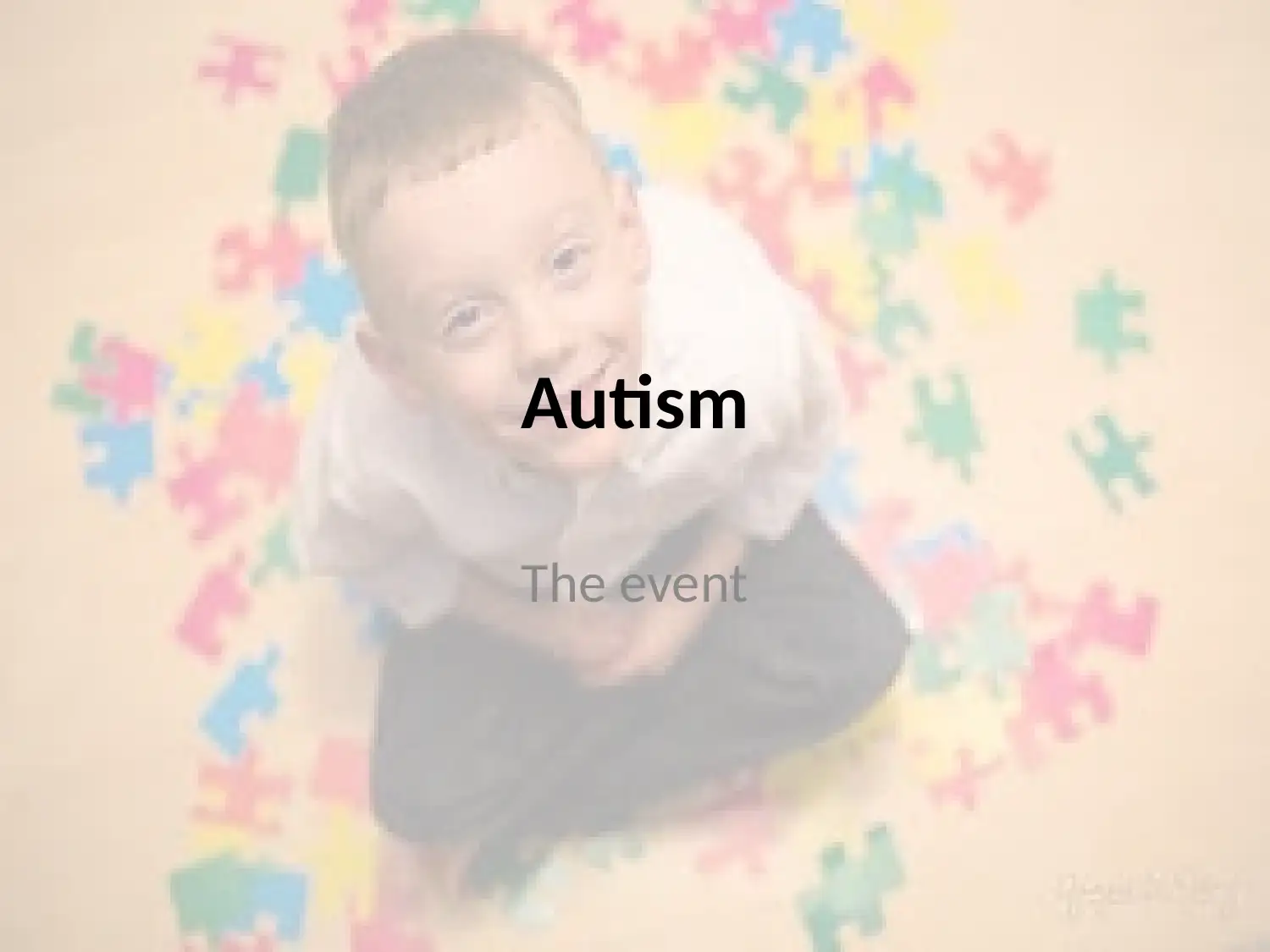
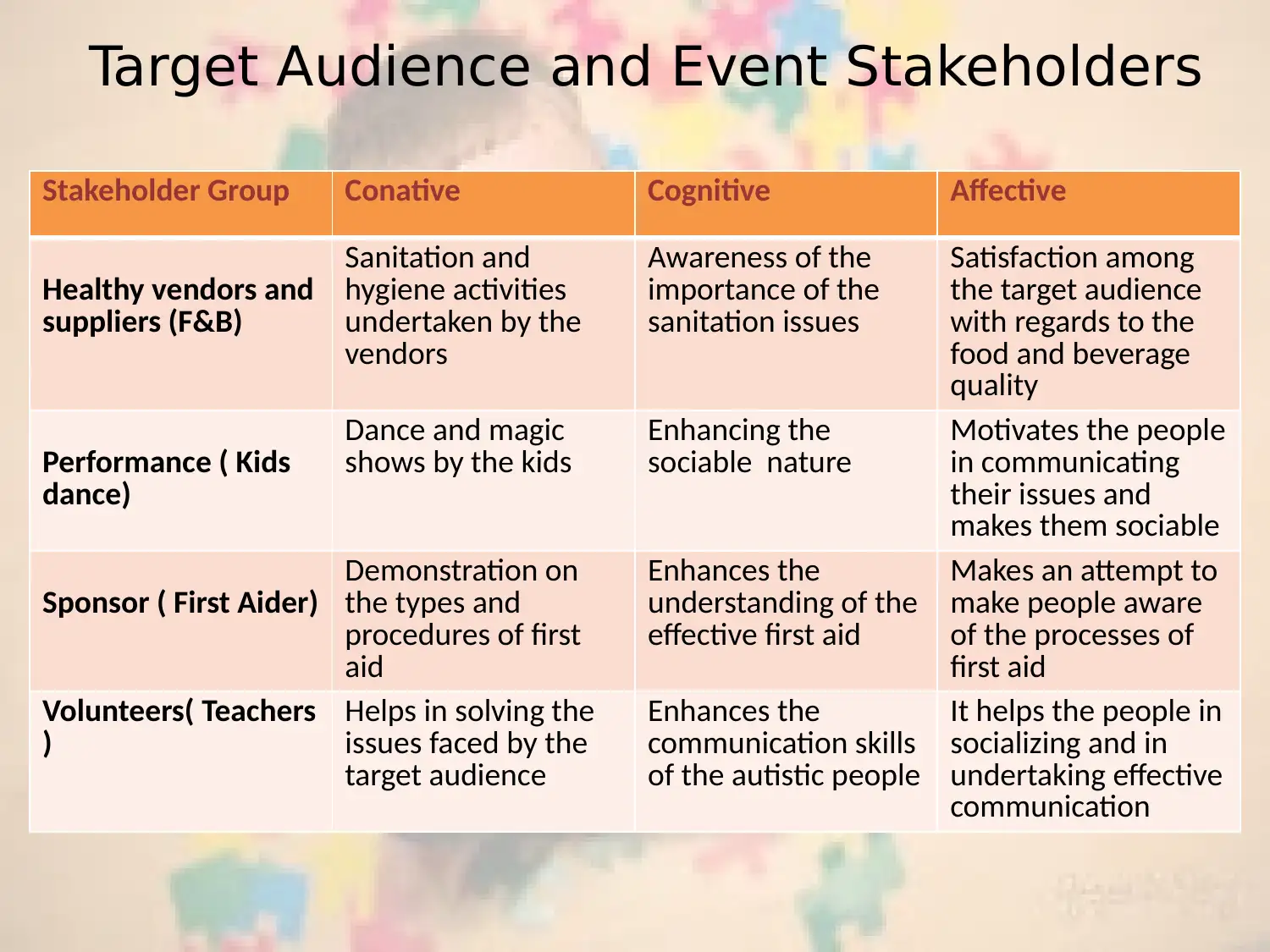
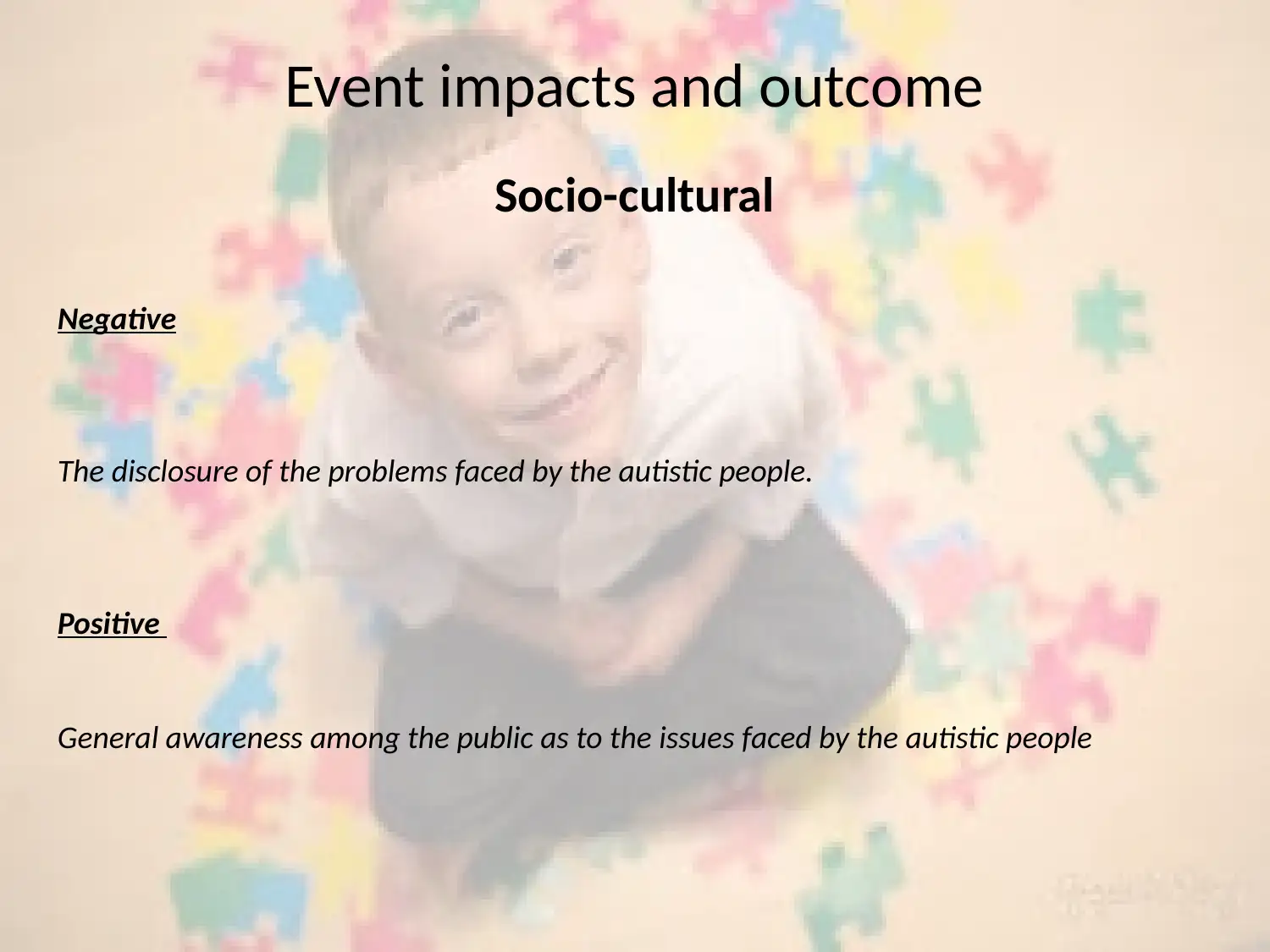

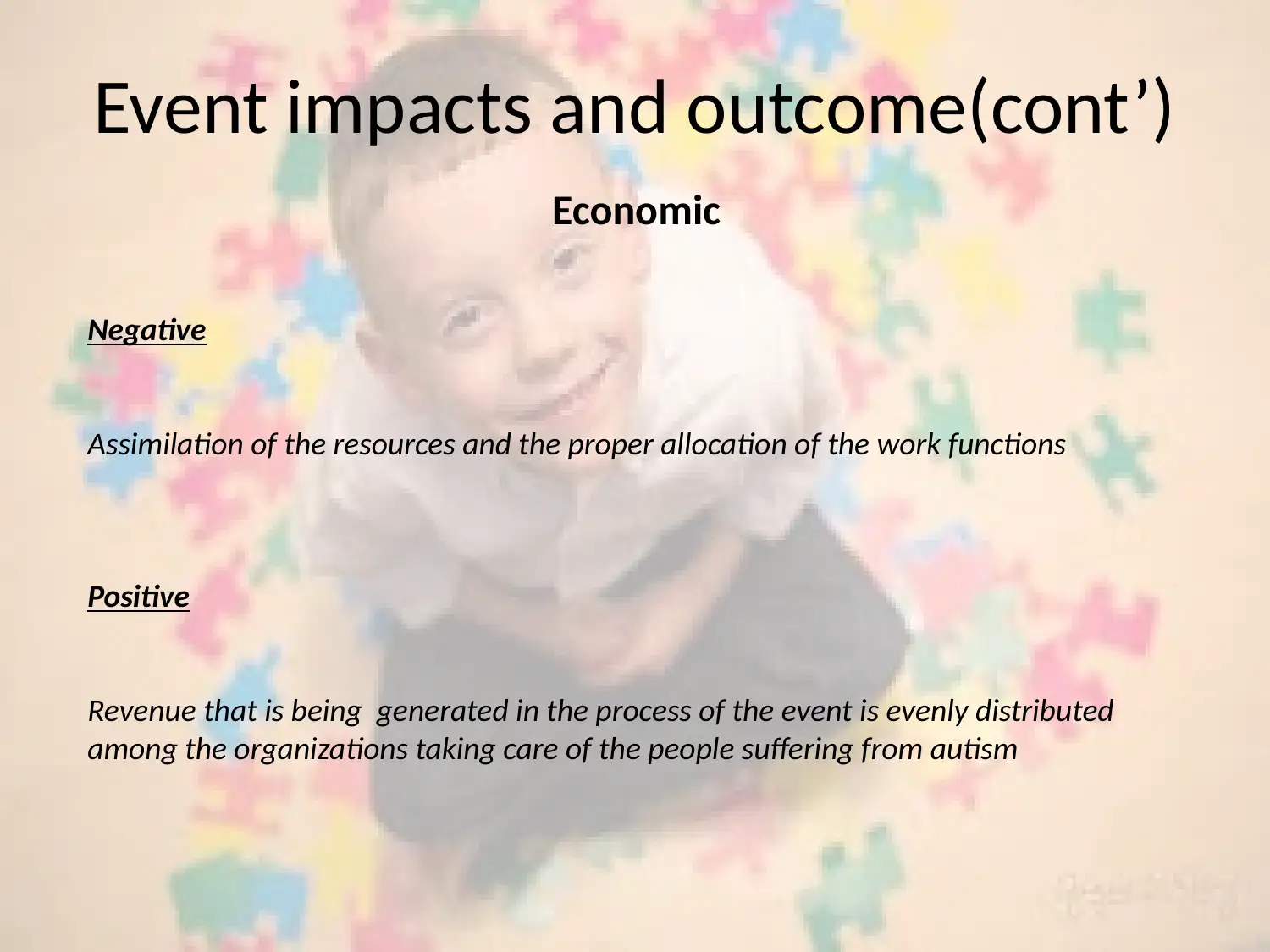
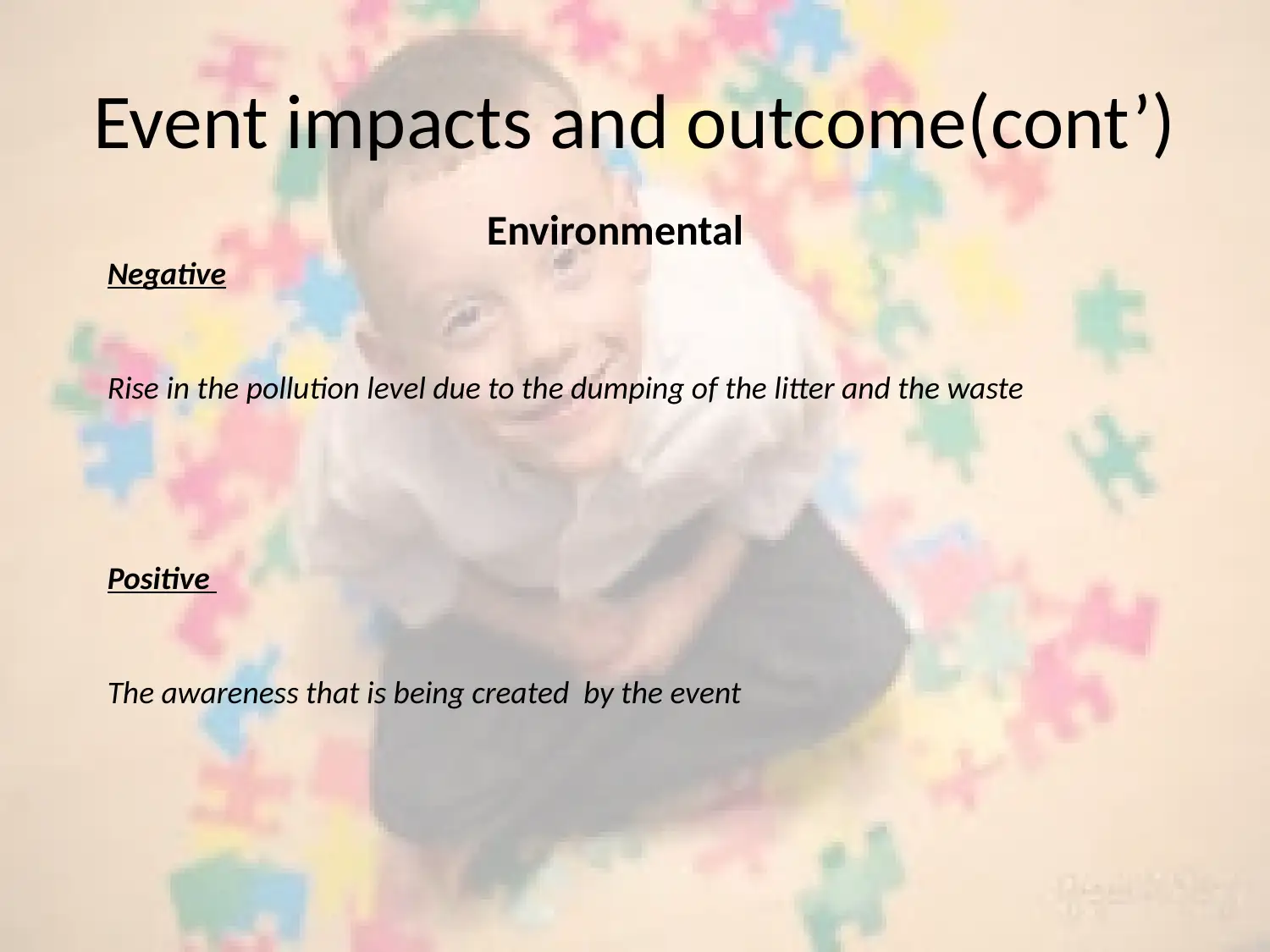
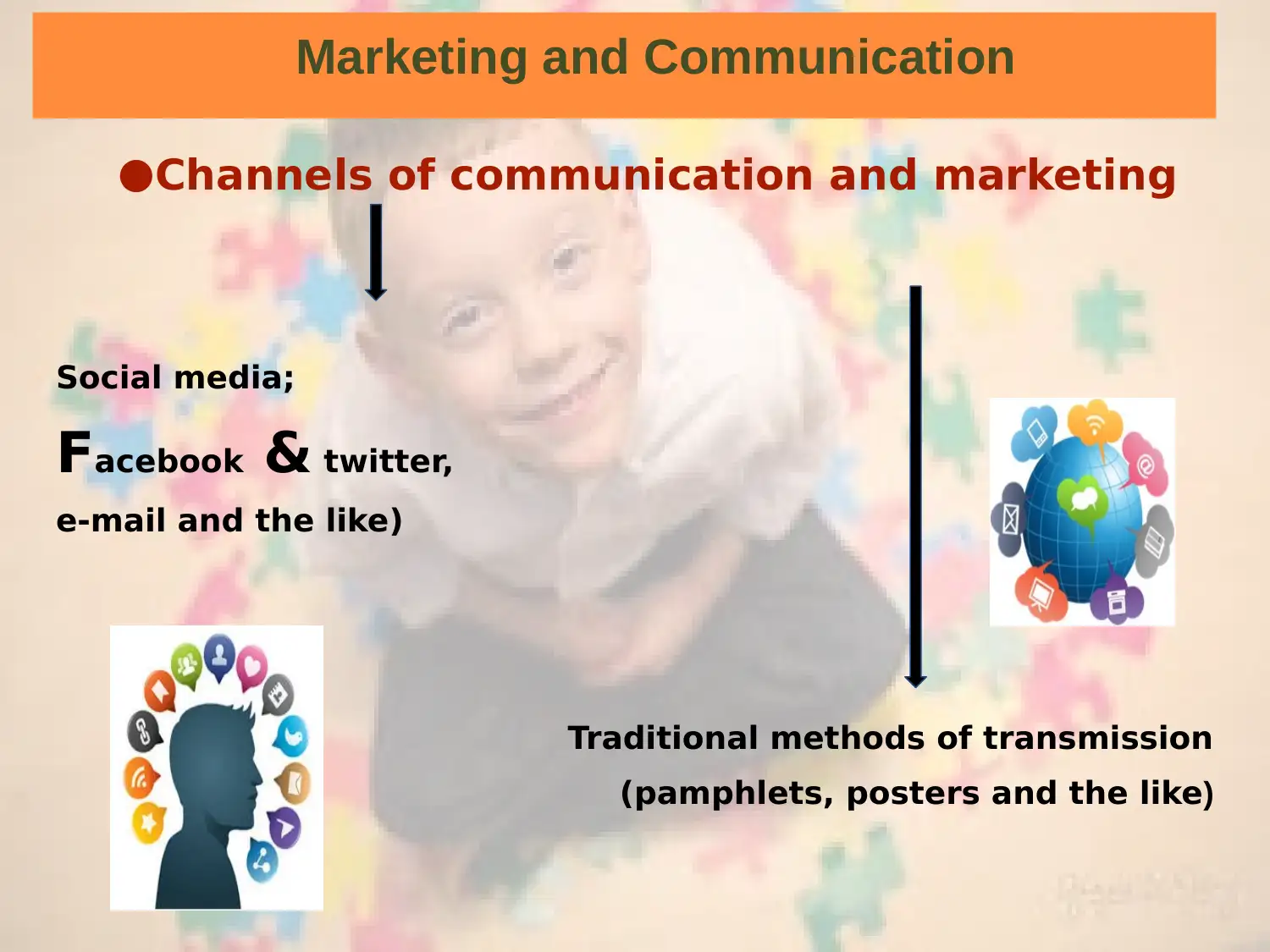
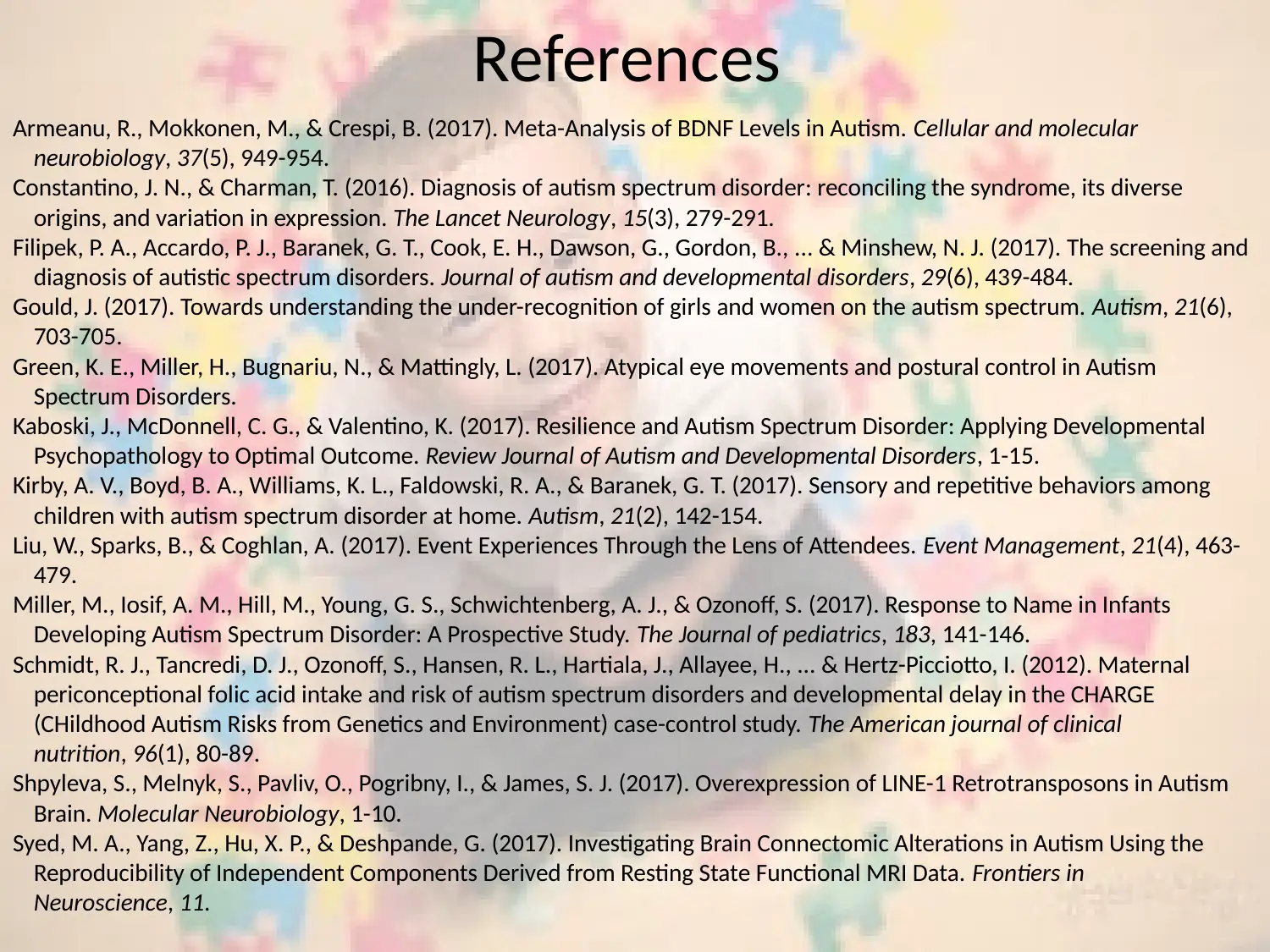


![[object Object]](/_next/static/media/star-bottom.7253800d.svg)